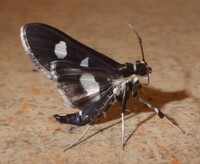
| Recorded by: Ken Kneidel on 2025-09-08
Mecklenburg Co.
Comment: | 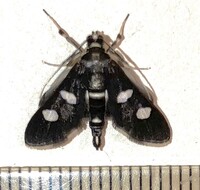
| Recorded by: Ken Kneidel on 2025-09-08
Mecklenburg Co.
Comment: |
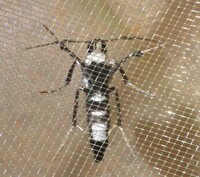
| Recorded by: Ken Kneidel on 2025-09-08
Mecklenburg Co.
Comment: | 
| Recorded by: Mark Basinger on 2025-09-04
Wilson Co.
Comment: |
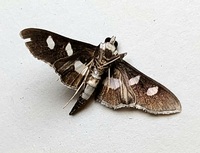
| Recorded by: Mark Basinger on 2025-09-04
Wilson Co.
Comment: | 
| Recorded by: Ken Kneidel on 2025-08-24
Mecklenburg Co.
Comment: An occupied leaf roll on Virginia Creeper (adult reared). |

| Recorded by: Ken Kneidel on 2025-08-24
Mecklenburg Co.
Comment: | 
| Recorded by: Mark Basinger on 2025-08-18
Wilson Co.
Comment: |

| Recorded by: Mark Basinger on 2025-07-12
Rowan Co.
Comment: | 
| Recorded by: Mark Basinger on 2025-07-02
Wilson Co.
Comment: |

| Recorded by: Mark Basinger and Miles Buddy on 2025-04-26
Brunswick Co.
Comment: | 
| Recorded by: Mark Basinger and Miles Buddy on 2025-04-26
Brunswick Co.
Comment: |
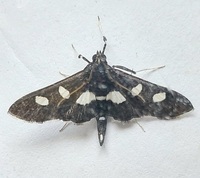
| Recorded by: Mark Basinger on 2025-04-18
Brunswick Co.
Comment: | 
| Recorded by: Mark Basinger on 2025-04-18
Brunswick Co.
Comment: |

| Recorded by:
R. Newman on 2025-04-16
Carteret Co.
Comment: | 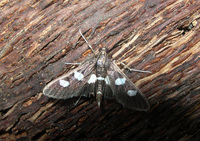
| Recorded by:
R. Newman on 2025-04-16
Carteret Co.
Comment: |

| Recorded by: Mark Basinger on 2025-04-14
Wilson Co.
Comment: | 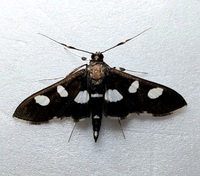
| Recorded by: Mark Basinger on 2025-04-06
Rowan Co.
Comment: |

| Recorded by: Mark Basinger on 2025-04-06
Rowan Co.
Comment: | 
| Recorded by: Mark Basinger on 2024-07-28
Rowan Co.
Comment: |

| Recorded by: Mark Basinger on 2024-07-28
Rowan Co.
Comment: | 
| Recorded by: Mark Basinger on 2024-07-13
Brunswick Co.
Comment: |

| Recorded by: Mark Basinger on 2024-07-13
Brunswick Co.
Comment: | 
| Recorded by: R. Newman on 2024-05-11
Carteret Co.
Comment: |
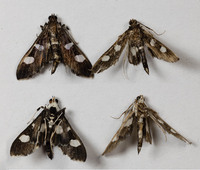
| Recorded by: Stephen Hall, David George, and David Bradley on 2024-05-07
Durham Co.
Comment: | 
| Recorded by: Stephen Hall, David George, and David Bradley on 2024-05-07
Durham Co.
Comment: |
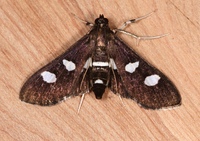
| Recorded by: Jim Petranka and Becky Elkin on 2024-05-01
Madison Co.
Comment: | 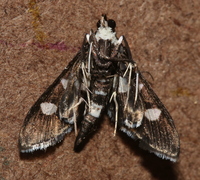
| Recorded by: David George, Jeff Niznik on 2024-04-29
Chatham Co.
Comment: |
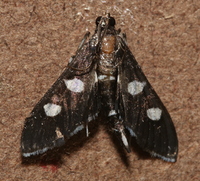
| Recorded by: David George, Jeff Niznik on 2024-04-29
Chatham Co.
Comment: | 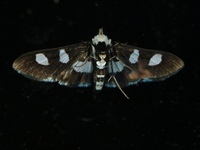
| Recorded by: Jim Petranka on 2024-04-27
Madison Co.
Comment: |
|

 »
»




























